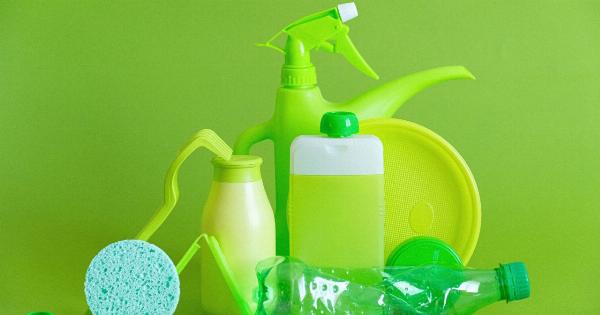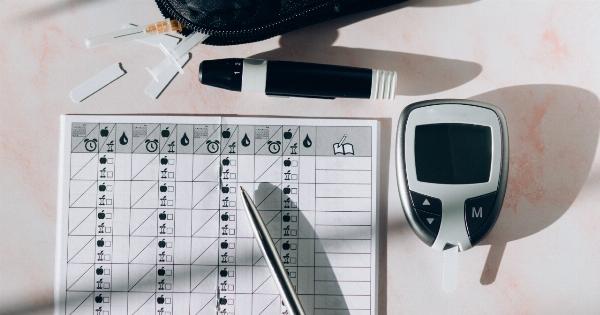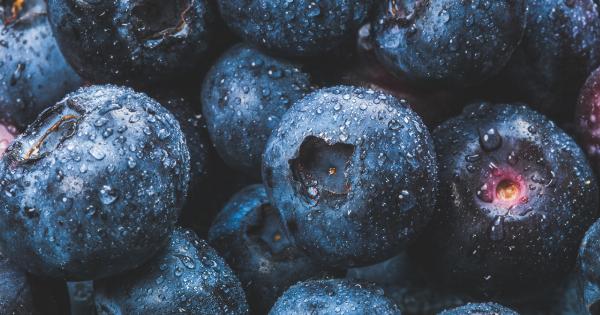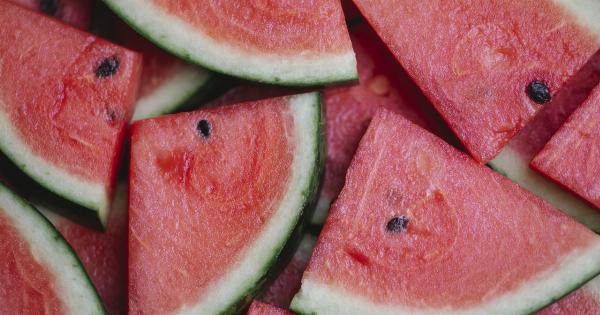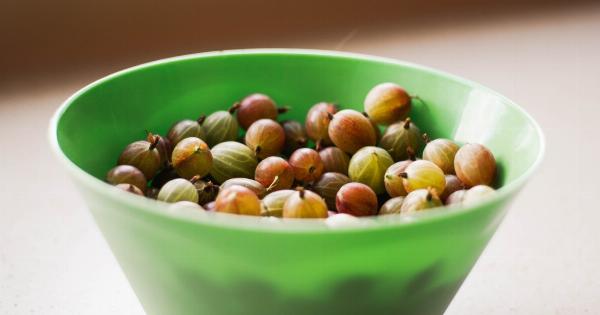PMS, or premenstrual syndrome, affects millions of women worldwide. It is a combination of physical and emotional symptoms that occur typically one to two weeks before menstruation.
Some of the common symptoms associated with PMS include mood swings, irritability, fatigue, bloating, and food cravings. While the exact cause of PMS is still unknown, researchers have discovered a strong connection between food and PMS symptoms. By making conscious food choices, women can improve their overall well-being during their menstrual cycle.
In this article, we will explore the relationship between food and PMS, and provide some helpful tips for a happy and healthy cycle.
The Importance of a Balanced Diet
Maintaining a balanced diet is essential for overall health, but it becomes even more crucial during the menstrual cycle. A well-rounded diet that includes a variety of nutrients can help manage PMS symptoms effectively.
Here are some key nutrients that play a significant role in maintaining hormonal balance and supporting overall well-being:.
1. Complex Carbohydrates
Complex carbohydrates, such as whole grains, legumes, and vegetables, can help stabilize blood sugar levels and improve mood swings. They also provide long-lasting energy and reduce cravings for unhealthy snacks.
Including sources of complex carbohydrates in each meal can have a positive impact on PMS symptoms.
2. Calcium
Calcium plays a crucial role in muscle function and can help reduce menstrual cramps. Women should aim to consume calcium-rich foods such as dairy products, leafy green vegetables, tofu, and fortified plant-based milk alternatives.
3. Magnesium
Magnesium is known for its relaxing effect on the muscles and can help alleviate symptoms like bloating and water retention. Good sources of magnesium include nuts, seeds, whole grains, and dark chocolate.
4. Vitamin B6
Vitamin B6 is essential for the production of serotonin, a neurotransmitter that influences mood and sleep. Including foods rich in vitamin B6, such as fish, lean meats, poultry, bananas, and chickpeas, can help alleviate mood swings and irritability.
5. Omega-3 Fatty Acids
Omega-3 fatty acids have anti-inflammatory properties and can help reduce breast tenderness and pain associated with PMS. Foods rich in omega-3 fatty acids include fatty fish (salmon, mackerel), walnuts, chia seeds, and flaxseeds.
6. Fiber
Adequate fiber intake is crucial for maintaining proper digestive health and preventing constipation, which can often worsen during the menstrual cycle.
Including plenty of fruits, vegetables, whole grains, and legumes in the diet can ensure a sufficient fiber intake.
7. Water
Staying hydrated is essential for overall health and can help reduce bloating and fluid retention. Drinking an adequate amount of water throughout the day is particularly important during the menstrual cycle.
Managing PMS Symptoms with Specific Foods
In addition to following a balanced diet, there are certain foods that can specifically help manage common PMS symptoms:.
1. Ginger
Ginger has long been used as a natural remedy for menstrual pain and nausea. Incorporating ginger into the diet, either in fresh form, as a tea, or as a spice in cooking, can help alleviate these symptoms.
2. Chamomile Tea
Chamomile tea has calming properties and can help reduce anxiety and promote better sleep during the premenstrual phase. Drinking a hot cup of chamomile tea before bed can contribute to a more restful night’s sleep.
3. Leafy Greens
Leafy greens, such as spinach, kale, and Swiss chard, are rich in iron and can help combat fatigue and boost energy levels. Including these nutrient-dense greens in meals can provide the body with essential vitamins and minerals.
4. Dark Chocolate
Dark chocolate with a high cocoa content can help improve mood and reduce cravings for unhealthy sugary foods. Enjoying a small piece of dark chocolate can offer a satisfying treat while providing some mood-boosting benefits.
5. Herbal Supplements
Several herbal supplements, such as chasteberry and evening primrose oil, have shown promise in managing PMS symptoms. However, it is important to consult with a healthcare professional before starting any new supplement.
Creating a Positive Food Environment
In addition to making mindful food choices, creating a positive food environment can contribute to a happy and healthy menstrual cycle. Here are some tips:.
1. Plan Ahead
Planning meals and snacks in advance can help avoid impulse choices and prevent unhealthy food cravings. Having a variety of nutritious foods readily available ensures that there are nutritious options to choose from.
2. Mindful Eating
Practice mindful eating by paying attention to hunger and fullness cues. Listen to your body and eat when hungry, stopping when satisfied. This approach can help prevent overeating and promote a healthy relationship with food.
3. Supportive Circle
Surround yourself with a supportive circle of friends or family who understand your dietary needs and can offer encouragement. Sharing experiences and seeking support can make the journey more enjoyable.
4. Self-Care
Engage in self-care activities that promote relaxation and stress reduction, such as meditation, deep breathing exercises, or gentle yoga. Taking care of your emotional well-being can positively influence your food choices.
Conclusion
While PMS can be challenging, making conscious food choices can significantly improve symptoms and contribute to a happier and healthier menstrual cycle.
By including nutrient-rich foods and adopting a positive food environment, women can better manage PMS and embrace their natural cycles with grace and ease.











